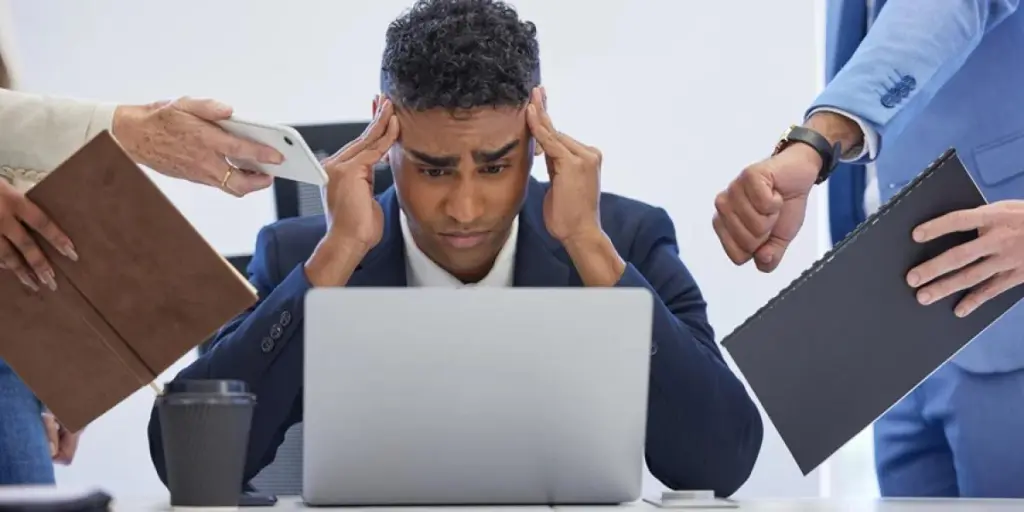Starting a new ecommerce business can be a serious challenge. The digital marketplace gets more crowded every year, putting increasing pressure on sellers to optimize every element of their marketing practices.
In such a competitive field, even small errors could hold your business back. Even more, these issues can pop up at any point in the customer experience, so it isn’t always easy to determine what’s going wrong.
That’s why we’re highlighting the most common mistakes you could be making in ecommerce marketing.
Common ecommerce mistakes
Here at Omnisend, we work with brands of all types and sizes. Based on our experience and research, we’ve found that there are 10 problems consistently preventing ecommerce businesses from achieving their full potential. Check the examples of the main ecommerce mistakes:
- Poor understanding of target audience
- Choosing the wrong ecommerce platform
- Unattractive website design
- Weak marketing plan
- Poor customer service
- Lack of SEO content optimization
- Complicated checkout process
- Lack of customer reviews
- No trust signals
1. Poor understanding of target audience
Before you can develop a sales strategy, you need to fully understand the people you’re selling to. Without comprehensive customer research, you won’t be able to build campaigns that are relevant to the desires and pain points of your target audience.
The more you know about your buyers, the easier it will be to appeal to them. Start by creating customer personas that embody common characteristics of your audience including factors like age, gender, income, and organizational role. We also recommend leveraging surveys, polls, and other forms to gather feedback directly from your visitors and subscribers.
Furthermore, contemporary social media listening platforms make it easy to see how users are engaging with your brand. In this example, JetBlue responds directly to a customer and offers to make up for their negative experience.
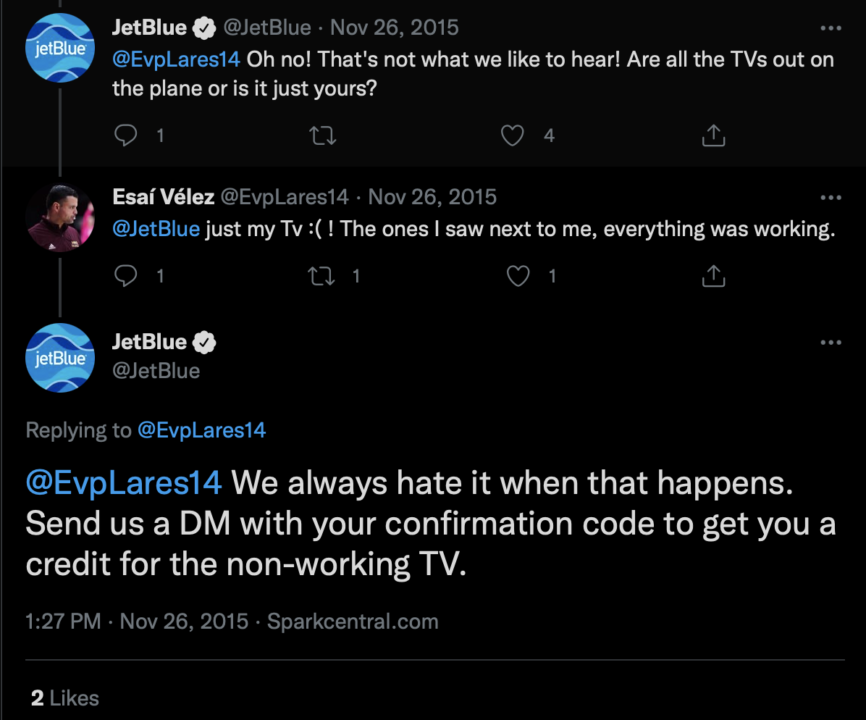
Public, positive interactions with customers will give you credibility and help you generate more social media engagement. Even critical comments can become a net positive if you make a good-faith effort to understand the complaint and make the situation better.
2. Choosing the wrong ecommerce platform
The ecommerce platform you use to sell your products will affect your marketing and sales practices.
In general, we’ve found that WooCommerce and Shopify are more effective for smaller businesses, while BigCommerce and Magento make more sense for companies that work with a higher volume of sales.
Most ecommerce providers offer a free demo or trial, so you should take some time to test out different options before committing to any particular application.
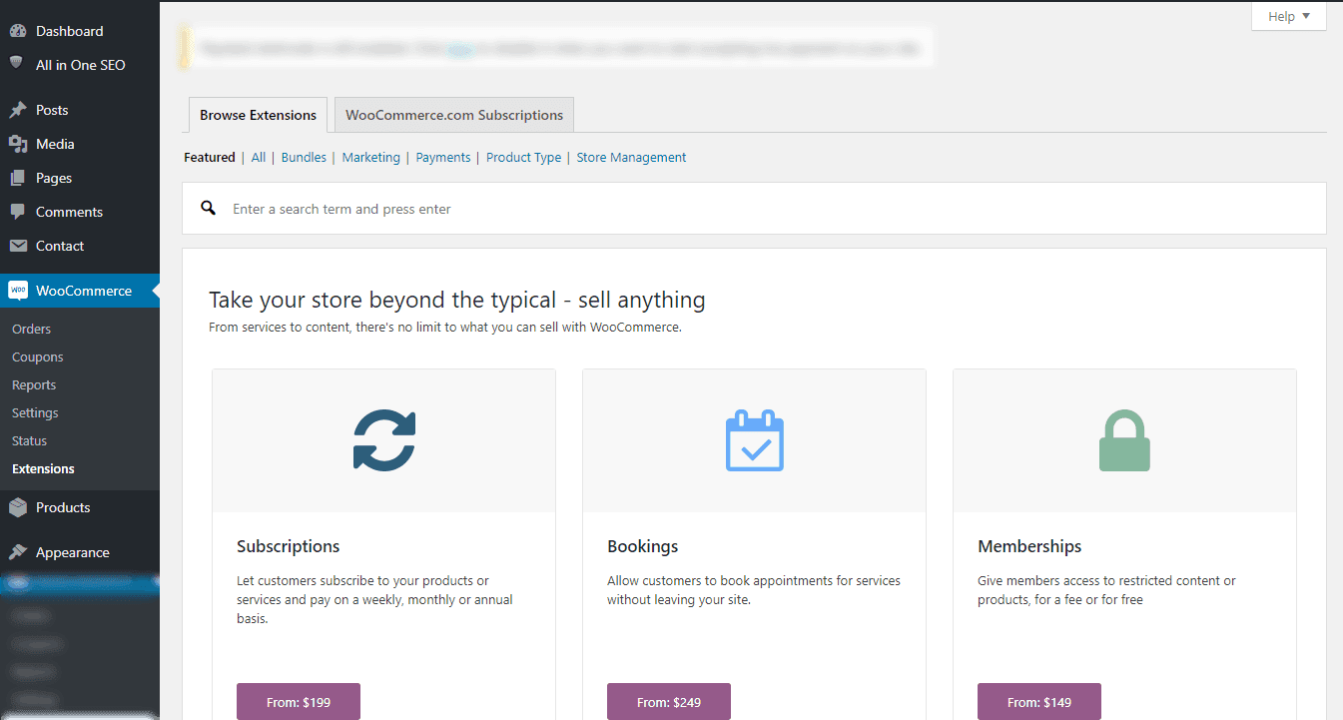
WooCommerce is a particularly good option for vendors who want to sell products through a WordPress site. It integrates directly with WordPress and supports a wide range of products including physical items, digital downloads, appointments, subscriptions, and more.
Need an email marketing provider for your Shopify store? The 6 Best Email Marketing Apps for Shopify
3. Unattractive website design
Your website is the center of your digital presence, so it’s crucial to build a site that gives visitors a positive impression of your business and products. By utilizing website design tools, you can create a high-quality website that will help establish and develop your brand. While it may sound like a lot of work for new sellers, but it’s one of the best investments you can make in developing your brand.

Zara’s website has a certain appeal, but there are some basic issues with this design that make the site less approachable to new visitors. First, customers can barely see any information on this landing page.
The only visible options are to search, log in to their account, get help, or view the collection. The browse-by-category option is hidden behind the small menu button in the upper-left corner.
Similarly, Zara leaves far too much white space, barely using the area above the fold (the space that users see before scrolling down). While some white space can be a good thing, this comes across as basically empty and devoid of content.
On the other hand, Mahabis offers visitors a lot more to interact with.
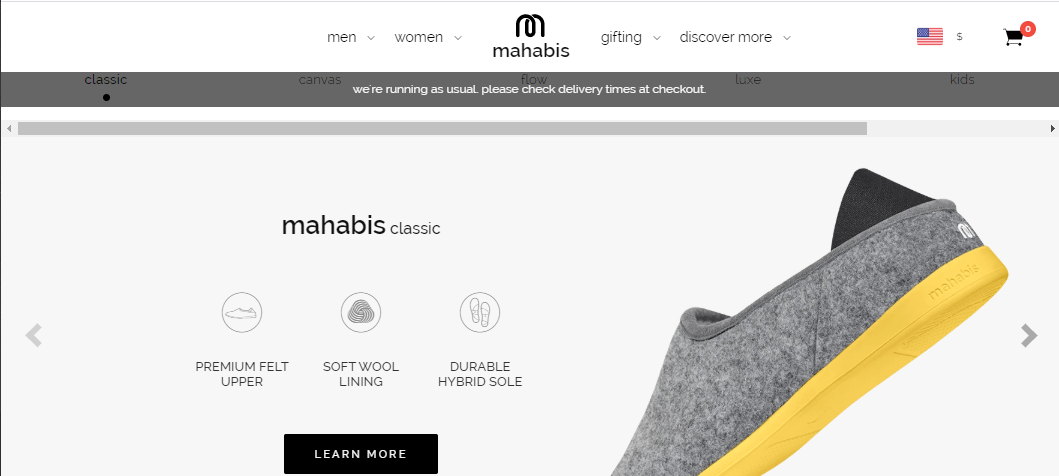
At the same time, they avoid being overly reliant on text or crowding the design with too much content. In contrast to the Zara landing page, this one makes it easy for users to take several different actions.
As soon as they open the Mahabis site, they can view the men’s and women’s collections, look at the different types of shoes, or learn more about what makes their products different from the alternatives. There’s also a clear “gifting” section for visitors who want to buy shoes for someone else.
4. Weak marketing plan
One of the most common mistakes new ecommerce sellers make is assuming that they can simply improvise their marketing tactics. The truth is that digital campaigns need to be carefully curated and consistently tested.
The vast majority of new ecommerce businesses fail within the first few months. In order to succeed, you’ll need an overarching strategy that explains how you’ll find new customers and entice them to start buying from your brand.
A new digital marketing plan starts with a clearly defined approach as well as the goals or benchmarks for success. Without those elements in place, you’ll have trouble optimizing your strategies or even evaluating past performance.
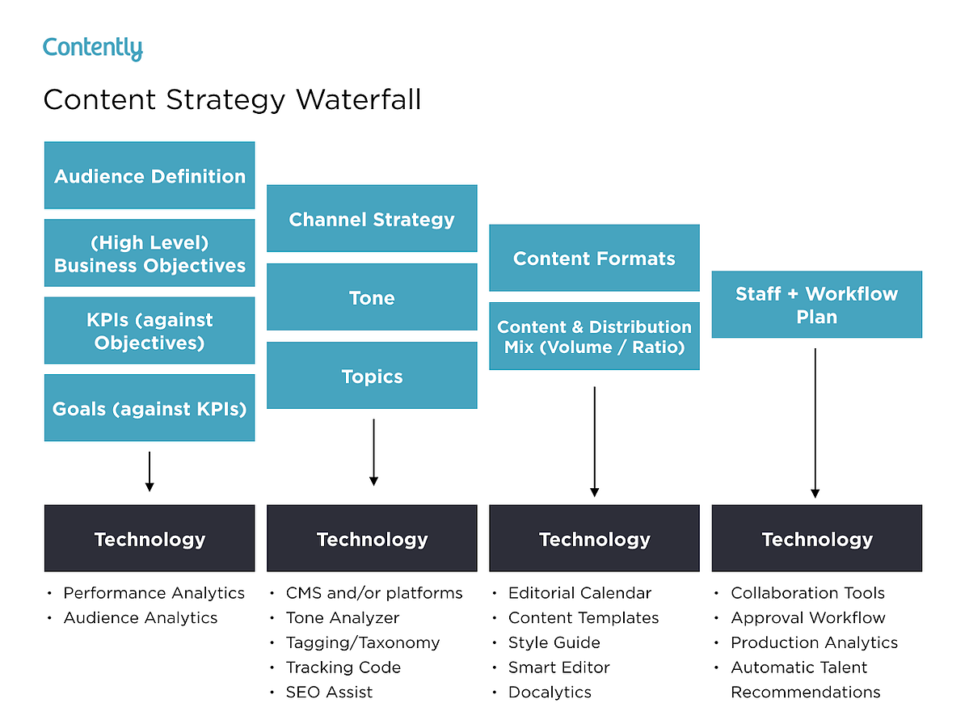
While your strategies may look slightly different, this diagram from Contently shows some common elements of an effective marketing plan. Ecommerce benchmarks and your own KPIs, refer to sales and other metrics that marketers use to evaluate the results of each campaign. Of course, your marketing plan will continue to change over time as you continue to test out new strategies and gain a more complete understanding of your target audience.
5. Poor customer service
Friction can pop up at any point in the sales cycle, and you should have a reliable customer service funnel that can get leads back on track when something goes wrong.
While human employees are expensive, automated chatbots can resolve most basic inquiries with no need for an actual agent. Furthermore, chatbots operate around the clock and ensure that your audience will never need to wait hours or days to hear back from you.
Whisker Bag is a great example of the power of automated customer service. After implementing AI-powered chatbots, they experienced an immediate uptick in lead generation. The graph below shows how much engagement they were able to produce in just a few months through the introduction of these updated supported processes.

6. Lack of SEO content optimization
Search engine optimization (SEO) is all about producing content that will make your site rank more highly on Google and other popular search engines.
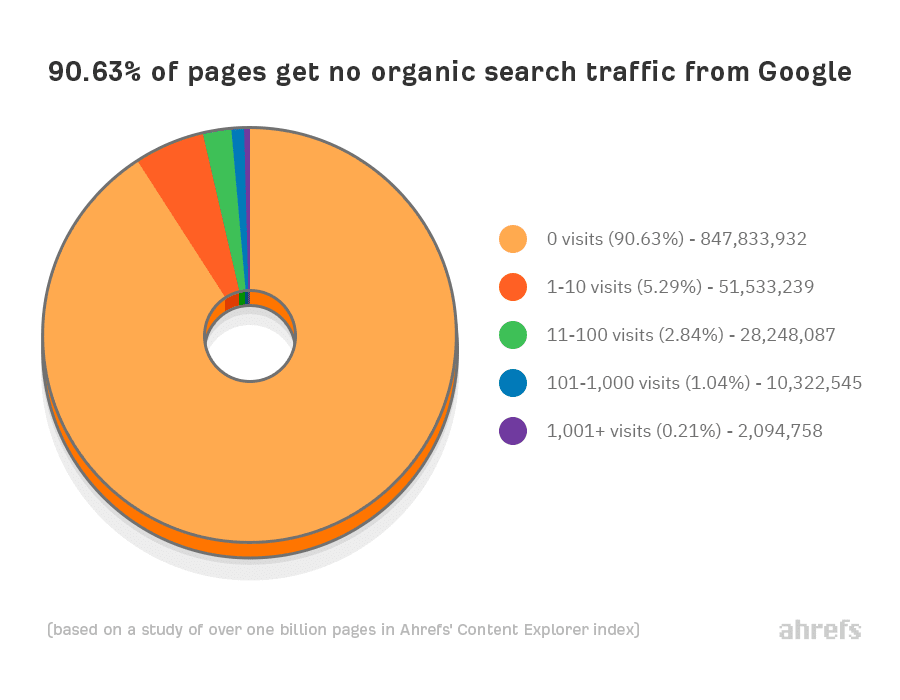
According to SEO giant Ahrefs, less than 10% of all websites receive any organic search traffic from Google. As a new ecommerce vendor, you won’t be able to get through to customers if your site doesn’t show up in searches related to your brand or products.
Fortunately, platforms like Ahrefs and Ubersuggest give site owners free access to robust SEO tools, with the option to pay for premium features if needed. On top of basic keyword and competitor research, you should also be developing a backlink profile in order to build your domain authority (website strength) and generate more traffic.
7. Complicated checkout process
By the time a visitor reaches your checkout sequence, you’ve done almost all of the work involved in making a sale.
Checkout might sound simple, but it’s actually one of the leading causes of abandoned carts for ecommerce businesses. In fact, nearly 20% of consumers report abandoning an order in the last three months due to an overly long or complicated checkout process.
The simplest way to minimize checkout abandonment is to make sure that customers can complete purchases without having to create an account. Some ecommerce vendors require account creation during checkout to motivate customers to subscribe, but this approach is just as likely to push them away and make them reconsider their order.

Nordstrom offers a straightforward checkout sequence that’s easy for users to complete quickly—regardless of whether they have a Nordstrom account. We also noticed that customers can see information about their order on the right-hand side without having to exit the checkout process.
Speaking of abandoned cart recovery emails and checkouts…
- 7 tips to improve cart recovery emails
- Apps to recovery abandoned carts
- Top 7 reasons for abandoned carts
8. Lack of customer reviews
No matter how good your marketing is, consumers will always trust feedback from real buyers more than any of your promotional content. Customer reviews and other forms of social proof show leads that they can trust you to deliver a positive experience.
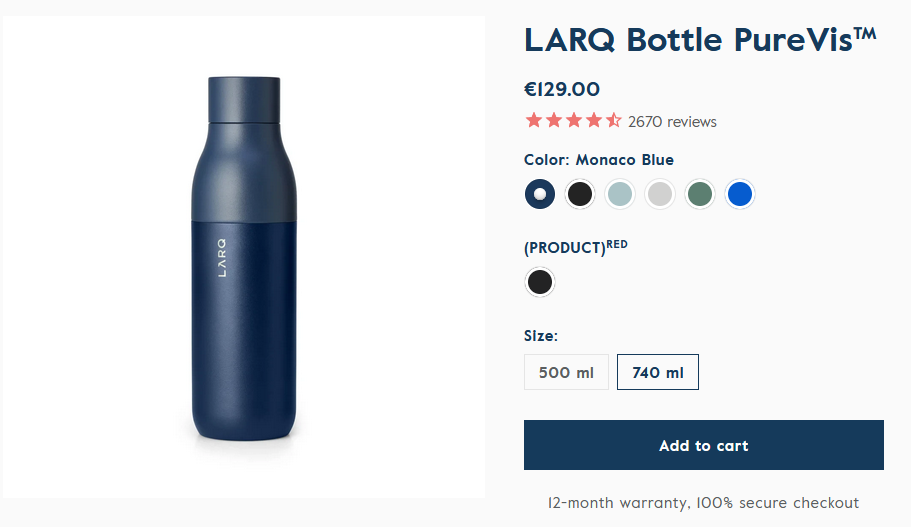
Giant ecommerce businesses like Amazon rely heavily on feedback to give customers confidence in the service. Larq uses the same tactic, displaying the aggregated review scores directly below the product title. It also makes it easy for users to review the product.
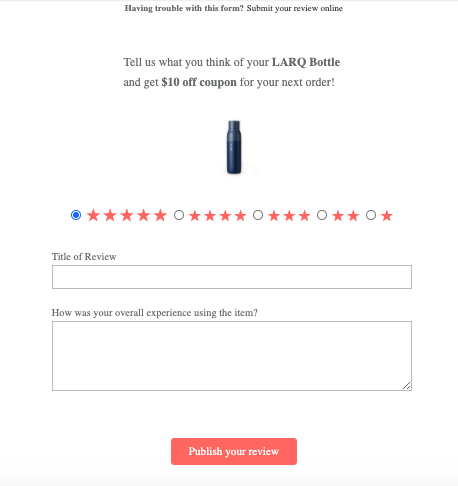
In the same way, you should proactively ask existing customers to describe their experience and give you social proof to attract new leads.
9. No trust signals
Customer reviews and social proof are vital for your image, but you may also need additional trust signals in order to give your store more credibility. This is especially important for new vendors that haven’t received as much feedback.
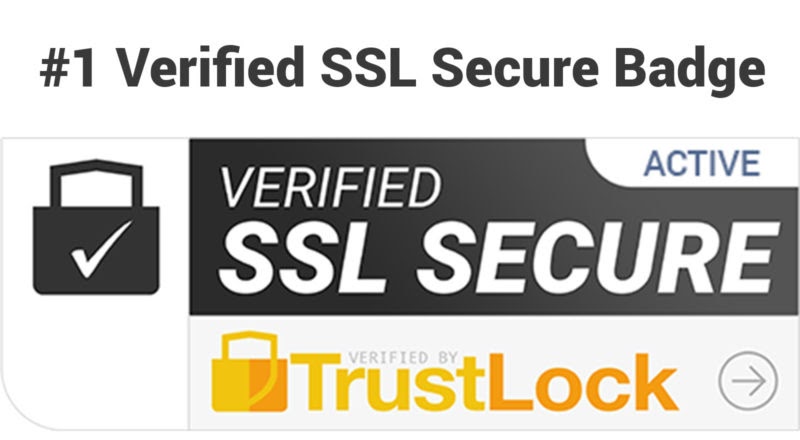
Trust badges let visitors know that you meet relevant industry or security standards. The Verified SSL Secure Trust Badge, for example, shows that your website is secured through a Secure Socket Layer (SSL) connection.
You can also get trust badges to show that you process payments safely—the PayPal badge below will make your site appear slightly more credible to new visitors who might not know anything about your brand.

Ecommerce mistakes: The bottom line
Ecommerce is more than simply selling products online. If you want to pull consumers away from other sites in your niche, you need to avoid the most common ecommerce mistakes.
While there’s no way to guarantee success in ecommerce, following these nine tips will put you in a strong position to develop your brand.
Useful resources for new business owners
Avoiding these common ecommerce mistakes will help you get your store on the right track, but you’ll need to continue optimizing your strategies in order to achieve the results you’re looking for. Check out these resources to learn even more ideas and tips for ecommerce:
- Omnichannel marketing: definition, tips, and examples
- 8 ways to grow your ecommerce store
- Guide to WooCommerce cart abandonment
- Choose the best CRM software for your ecommerce business
- 9 high-converting email automation flows to skyrocket your sales
Source from Omnisend
Disclaimer: The information set forth above is provided by omnisend.com independently of Alibaba.com. Alibaba.com makes no representation and warranties as to the quality and reliability of the seller and products.
